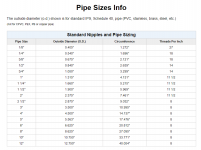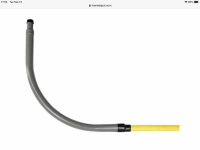Good point on sizing - this Hayward is about twice the size of my last heater in Virginia 
Lean - oh yeah - reminds me of getting side draft Webers (and intake manifold) for a formerly downdraft engine, then finding out the stock fuel pump just wasn't hacking it ... fun, but lots of unnecessary "investing."
Lean - oh yeah - reminds me of getting side draft Webers (and intake manifold) for a formerly downdraft engine, then finding out the stock fuel pump just wasn't hacking it ... fun, but lots of unnecessary "investing."



















